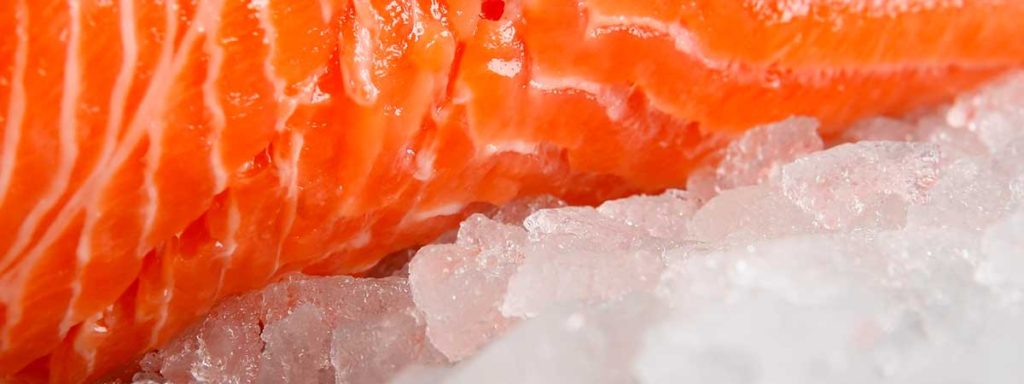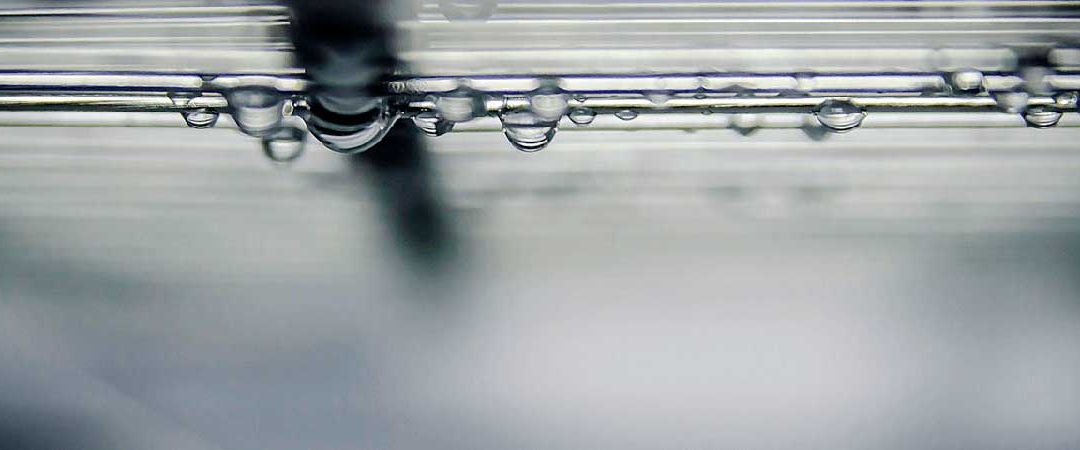Everyone of us in our daily lives is more than used to using the cold produced by both the fridge and the freezer to preserve all kinds of food, since the cold ensures that these foods (in its vast majority) are properly preserved.
Correctly handling of the food that we will later consume is necessary to maintain the famous cold chain and so that the food does not spoil.
For this, ice is a fundamental element to be able to control the state of food.
The cold chain, necessary for food preservation
The cold causes the pathogenic microorganisms to slow down their process, or even stop, so that the food can last longer in a good condition.
Covering or keeping a base of ice in fresh food is the best way to keep the chain cold and prevent spoilage.
In the case of putting them in the freezer and / or refrigerators, it is important to keep in mind that they cannot be introduced hot, since the heat given off by the food, together with the cold in the fridge, can compromise the food as much.
This is a very common way of breaking the cold chain.
It is also not correct to have a plate resting for more than two hours and then cool or freeze it, since the food deteriorates over time.
Either of these two practices increases the probability that the food in question contracts diseases, so it is not advisable to eat it, since the cold chain has not been adequately maintained for its preservation.

Temperature control for food preservation
Depending on when a food is to be consumed, the cold chain must be one or the other.
If after cooking any product that we want to store, its consumption will be less than two days (depending on the product), it is advisable to leave it in the refrigerator, at an average temperature of between 1 and 8 degrees Celsius..
If these foods are going to be consumed after the date mentioned above, the best practice you can do is put them in a container and put it in a freezer, since this stops the microorganisms, which then activate and grow again once they are thawed. The recommended freezer temperature for an optimal cold chain should be below -18 degrees Celsius.

What happens when the cold chain breaks?
Breaking the cold chain is not easy, but it can sometimes occur, especially in the case of mistakes or due to machinery failure.
There are signs that indicate that the product in question may have broken the cold chain, so it is advisable not to consume them if we detect any of these:
Frost formation in the food or containers that contain it. If both the product and the package are well frozen, they should be free of water, so when frozen and thawed there should be no indication of frost.
State of the container. If this is dented, dirty or has any modification with respect to the original, we should be careful, and even distrust its integrity.
Tips for cold chain professionals
– When buying or replacing equipment or components, it is necessary to evaluate the most efficient and low CPA technologies.
– Make sure that the operation and service of the equipment are carried out by professionals and that both actions are recorded.
– Monitor storage, transport, and retail equipment temperatures.
Data of interest related to the cold chain and food preservation
– More than 800 million people are malnourished throughout the world.
– 50% of all food should be kept cold, but only 25% do so, leading to the loss of this.
– By eliminating these food and waste losses, up to 950 million people could be fed worldwide.


